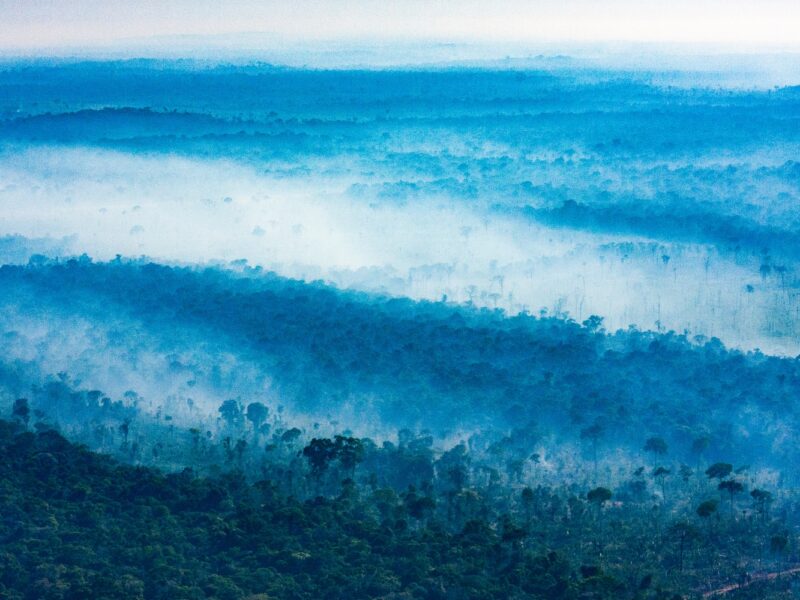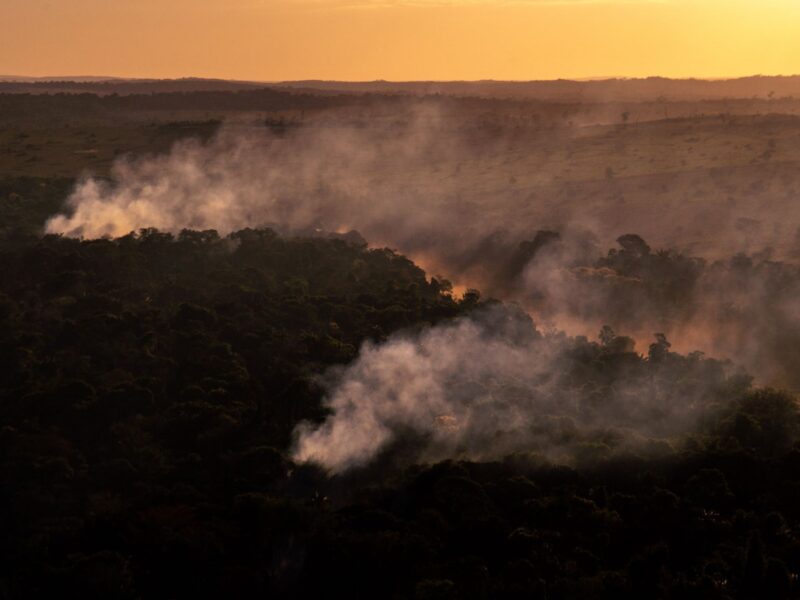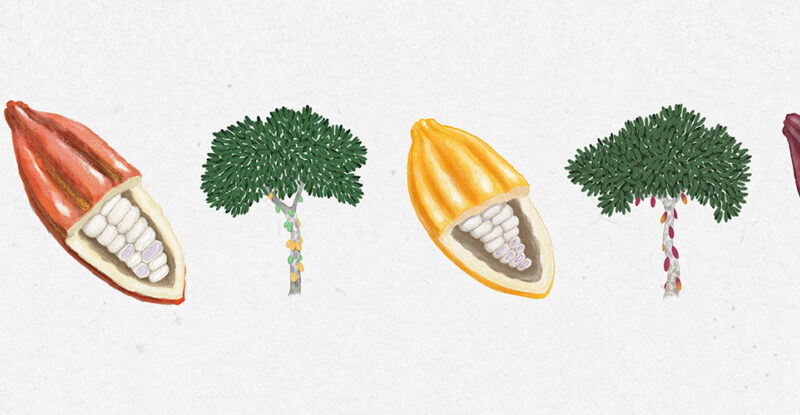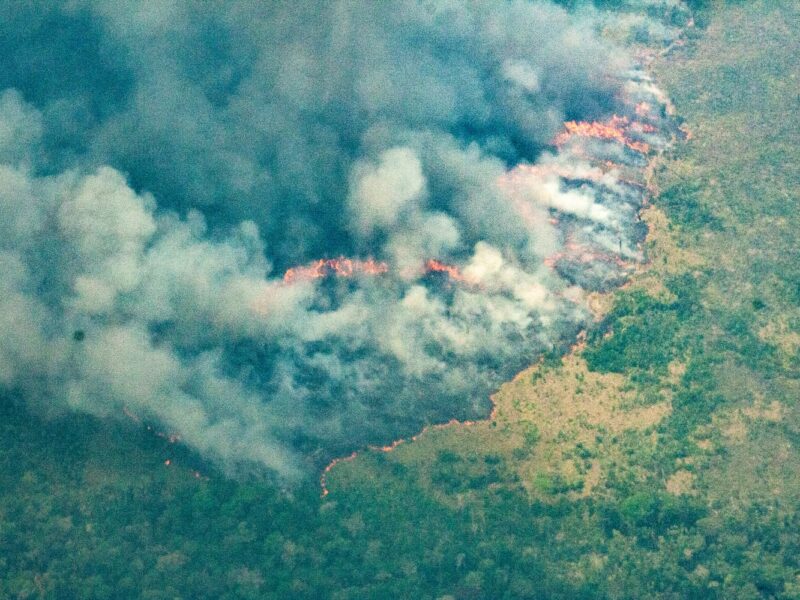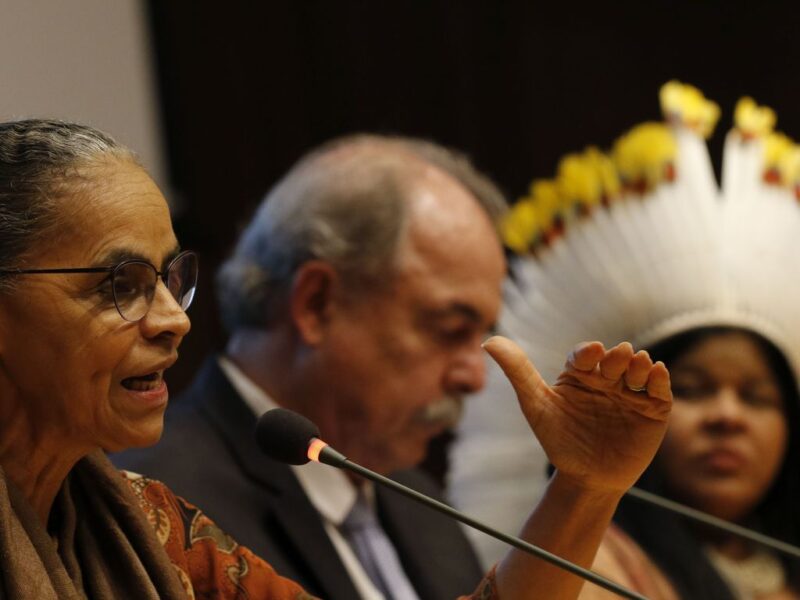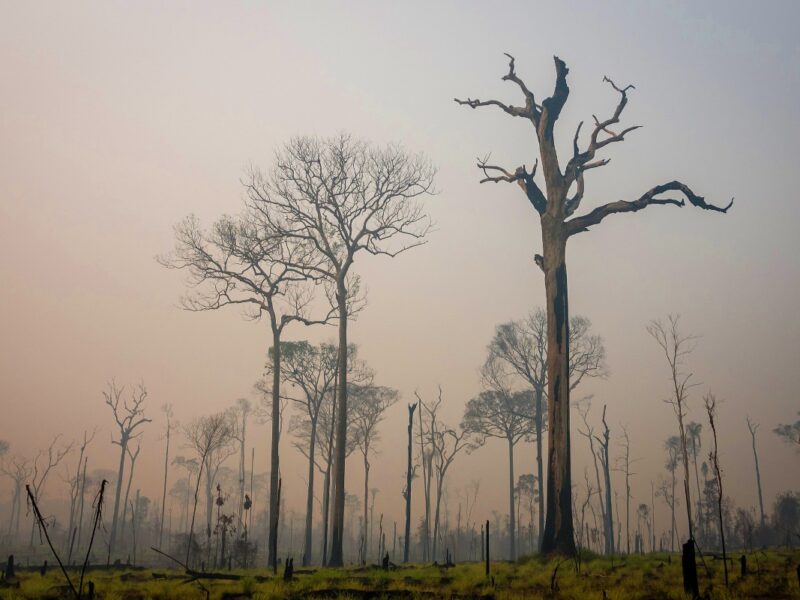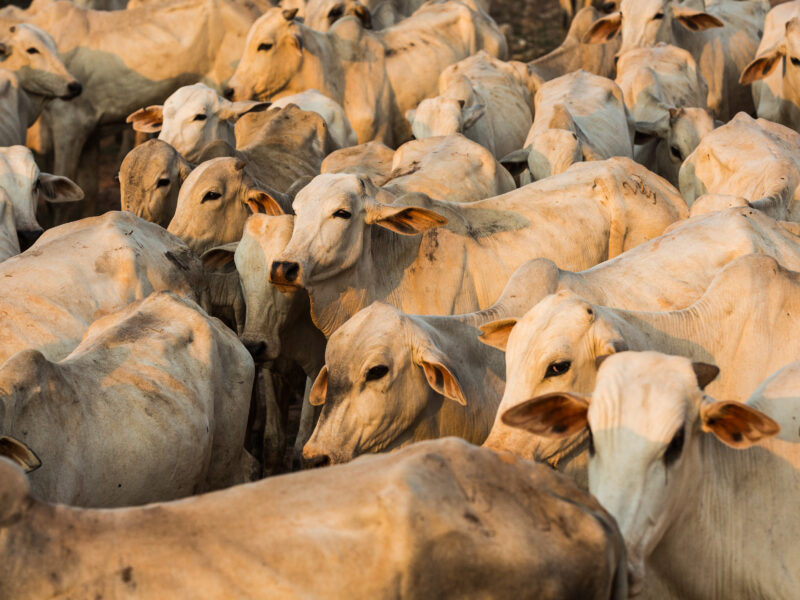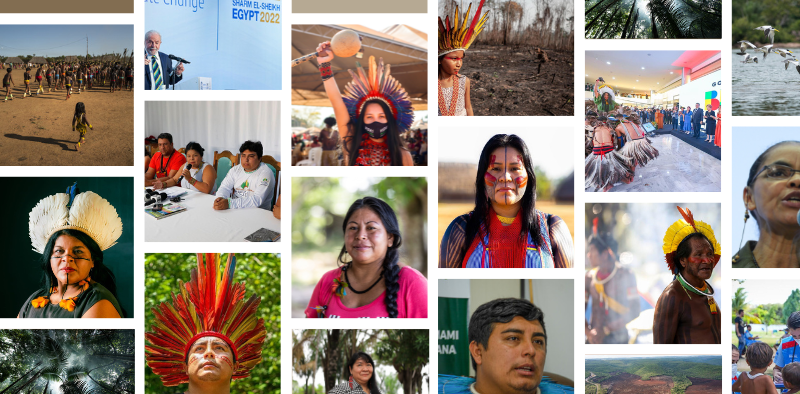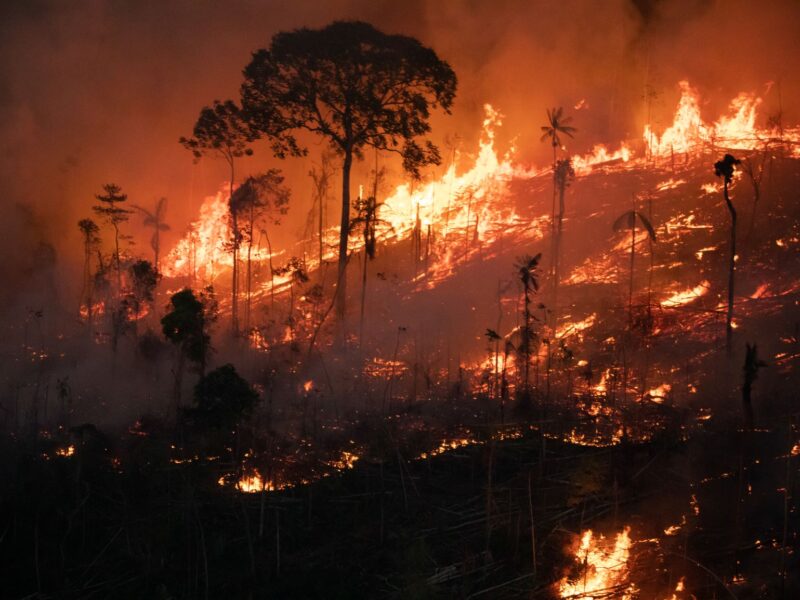Satellite images show that the interruption of gold mining immediately changed the color of the river. Operators of dredges, which can cost up to US$1.4 million, said they planned to return to the area after the government anti-mining operation ended.
Category: Brazil
Preserving Indigenous Lands Saves $2 Billion in Public Spending Per Year on Treatment of Fire-Related Illnesses
The fires are largely responsible for the pollution related to respiratory and cardiovascular diseases. A study shows that the Amazon rainforest is capable of absorbing 26,000 tons of particulate matter per year and that indigenous territories contribute 27% of this total. Preserving them prevents 15 million new cases of illness every year.
PPCDAm: new plan against deforestation includes technologies to anticipate devastation and investment in bioeconomy to develop the Amazon
The 5th phase of the PPCDAm, a plan first launched in 2004, presents four axes for containing advancing deforestation from 2023 to 2027. The project will depend on 13 ministries for its execution and will serve as the base for achieving the goal of zero deforestation in the Amazon by 2030.
The history of cacao in the Amazon from arrival in Brazil to alternative for the local bioeconomy
Native to the Amazon, cacao helps preserve the forest intact, generate income and recuperate degraded areas. With demand outpacing production, the chain connected to the fruit in the country still lacks incentive for growth and development for local producers.
70% of the Amazon forest could be degraded by 2050
In addition to deforestation, forest degradation provoked by human action is among the main sources of carbon emission. Fire and drought are the main factors responsible for future degradation, indicative of the gravity of climate change. Even if the Amazonian countries achieve the promised goal of zero deforestation in 2030, the degradation will continue, as David Lapola explains in an interview with InfoAmazonia.
Amazon Fund gains importance in Brazilian diplomacy and draws attention from more countries
Main donor Norway may increase contributions; The country’s minister of the environment is visiting Brazil until Saturday (25) and reaffirms commitment, while adding that they support Brazil in the mobilization of additional resources. Switzerland, France, Spain, the UK and the US have also expressed interest in investing in the fund.
Deforestation in the Amazon: past, present and future
According to a new study from RAISG, in just five years, the Amazon could lose almost half of what it lost in the past two decades.
The challenge of eliminating deforestation as demand for beef rises
Lula promises to eliminate deforestation by 2030, but projections from the Ministry of Agriculture indicate a 17% increase in beef production in the next ten years, which could lead to the deforestation of one million hectares per year until 2030. Alternatives to further clearing of the forest are the restoration of the pastures and an increase in productivity, allied with oversight measures that put an end to illegal land grabs.
‘The fight goes on’: four indigenous leaders from Amazonia outline their expectations for the next four years
In a conversations with InfoAmazonia, Maial Kaiapó, Samela Sateré-Mawé, Júnior Hekurari Yanomami and Alessandra Korap Munduruku spoke about the historically important establishment of the Ministry of Indigenous Peoples, and the sense of relief following the dismantling of environmental policies.
Accelerated deforestation in the last months of 2022 poses challenges for Lula’s environmental policy
Not only were INPE’s DETER deforestation alerts in 2022 the highest in history, they surpassed the average for the previous 12 months by 25%. The state of Amazonas ranked second among those Brazilian states inside the Legal Amazon that lost the most rainforest.



